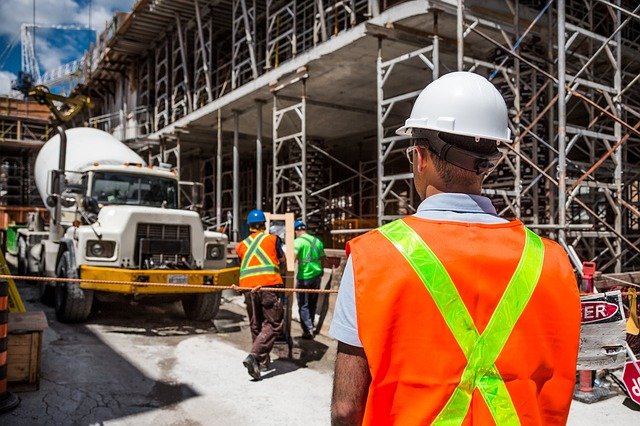Collaborative Reporting for Safer Structures UK
Contents |
[edit] Introduction
Collaborative Reporting for Safer Structures UK (CROSS-UK) is a collaborative body that compiles and publishes free safety information for built environment professionals. Formerly known as the Confidential Reporting on Structural Safety, CROSS was founded in 2005 as a system for the collation of data on matters of concern relating to structural safety.
CROSS operates internationally; following in the footsteps of CROSS-UK, the IStructE launched in Australia with CROSS-AUS in 2018 and then in 2019 the network grew to the US with CROSS-US formed by the Structural Engineering Institute (SEI) of the American Society of Civil Engineers (ASCE).
[edit] Background
The establishment of the CROSS safety reporting system was based on work by the Standing Committee on Structural Safety (SCOSS). In 2012, SCOSS and CROSS were officially aligned under the name Structural-Safety.
In 2018, CROSS was incorporated into the recommendations of the Hackitt report. The system was specifically mentioned under recommendation 1.4c, which states, ‘For all other buildings, the current CROSS scheme should be extended and strengthened to cover all engineering safety concerns and should be subject to formal review and reporting at least annually.’
After discussions between Structural-Safety and the Ministry of Housing, Communities & Local Government (MHCLG), funding for CROSS-UK was increased in 2020 to include fire safety in compliance with the aforementioned recommendations in the report. The CROSS system expanded in 2021 to include structural safety as well as fire safety and all three entities - Structural-Safety, SCOSS and CROSS - are united to operate under a new name, Collaborative Reporting for Safer Structures (CROSS).
[edit] Importance of safety reporting
The new name for the organisation is meant to illustrate the connection and to respond to the overlap - both professional and physical - between structural safety and fire safety. CROSS will continue to provide built environment professionals the opportunity to make confidential reports when they witness either type of safety issue.
The information collected in the reports is confidential, but it is shared with a panel of expert volunteers who review and comment on findings to provide additional insight into incidents. In addition to educating others about the importance of identifying and relaying structural safety issues and building incidents (such as near misses), reports are intended to:
- Promote culture change.
- Share lessons learned.
- Find issues that could foreshadow risk.
- Identify shortfalls or vulnerabilities.
- Improve competency through training.
- Support regulatory activities.
- Inform professional education activities.
- Create proactive attitudes about preventing safety risks.
[edit] Related articles on Designing Buildings Wiki
- Fire prevention on construction sites.
- Hackitt review of the building regulations and fire safety, final report.
- Health and safety.
- Health and safety for building design and construction.
- Independent review of the building regulations and fire safety.
- Ministry of Housing, Communities and Local Government (MHCLG).
- Reporting accidents and injuries on construction sites.
- The design of temporary structures and wind adjacent to tall buildings.
Featured articles and news
Infrastructure that connect the physical and digital domains.
Harnessing robotics and AI in challenging environments
The key to nuclear decommissioning and fusion engineering.
BSRIA announces Lisa Ashworth as new CEO
Tasked with furthering BSRIA’s impressive growth ambitions.
Public buildings get half a million energy efficiency boost
£557 million to switch to cleaner heating and save on energy.
CIOB launches pre-election manifesto
Outlining potential future policies for the next government.
Grenfell Tower Inquiry announcement
Phase 2 hearings come to a close and the final report due in September.
Progress from Parts L, F and O: A whitepaper, one year on.
A replicated study to understand the opinion of practitioners.
ECA announces new president 2024
Electrical engineer and business leader Stuart Smith.
A distinct type of countryside that should be celebrated.
Should Part O be extended to existing buildings?
EAC brands heatwave adaptation a missed opportunity.
Definition of Statutory in workplace and facilities management
Established by IWFM, BESA, CIBSE and BSRIA.
Tackling the transition from traditional heating systems
59% lack the necessary information and confidence to switch.
The general election and the construction industry
As PM, Rishi Sunak announces July 4 date for an election.
Eco apprenticeships continue help grow green workforce
A year after being recognised at the King's coronation.
Permitted development rights for agricultural buildings
The changes coming into effect as of May 21, 2024.






















